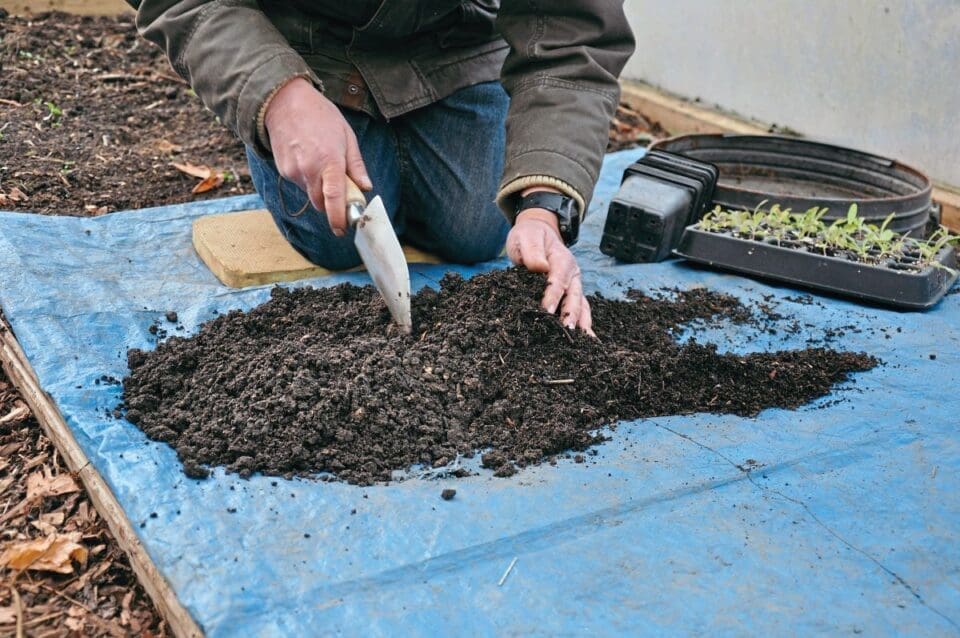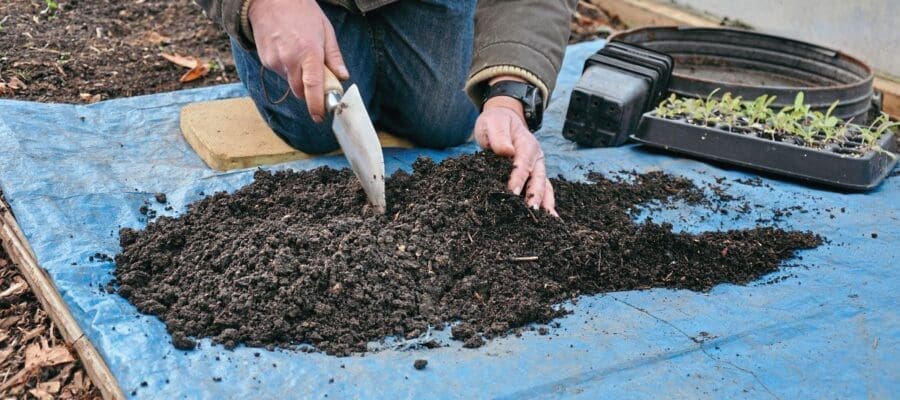Emma Rawlings looks at some ingredients and recipes for making your own peat-free potting compost, both for seeds and potting on.
What is the difference between seed sowing compost and potting compost?
It can get confusing when we use the word compost as it can mean two different things. There is potting compost which is usually bought from a garden centre in bags to be used for container growing or sowing seeds into. Garden compost is made in compost bins from garden waste and usually makes a good soil conditioner. However, it can also be a key ingredient in some home-made potting composts.
We have deliberately separated seed sowing compost and potting compost for more mature plants because they have very different qualities. It isn’t so easy to make a good seed sowing compost. You don’t want a compost that is too rich in nutrients as it can affect germination of the seed. If the compost is not free draining it can create wet conditions around the seed, causing them to rot. Too free draining and the seed may dry out. Ideally, the seed sowing compost needs to be sterile or diseases could cause the emerging seedlings to die off and this is commonly known as damping off disease. Weed seeds may also be a problem and it can be tricky working out which of the seedlings are weeds and which are crop seedlings. But if you fancy having a go then here are a few suggestions.
How to make seed sowing compost
What do I need to make my own seed sowing compost?
Here are some common materials you could use in seed potting composts:
Perlite: This is an extremely light granular material that looks like polystyrene but is in fact volcanic glass that is heated until it pops like popcorn. It too absorbs water well, is inert and sterile. Great for holding on to moisture in a compost and also provides drainage at the same time.
Vermiculite: This is a mineral that is mined in the US and South Africa and when it is heated to high temperatures it expands and becomes a bit like puff pastry, having lots of layers. This allows it to be extremely absorbent, so it soaks up and retains water well. It is inert and sterile. You can use this on its own to germinate seeds but they need to be moved into a more fertile compost fairly quickly afterwards. Often used to cover seeds too.
Horticultural sand or small grit: Always buy horticultural grit or sand as it has been washed and cleaned and doesn’t contain lime which builders’ sand does. Great for adding to provide drainage.
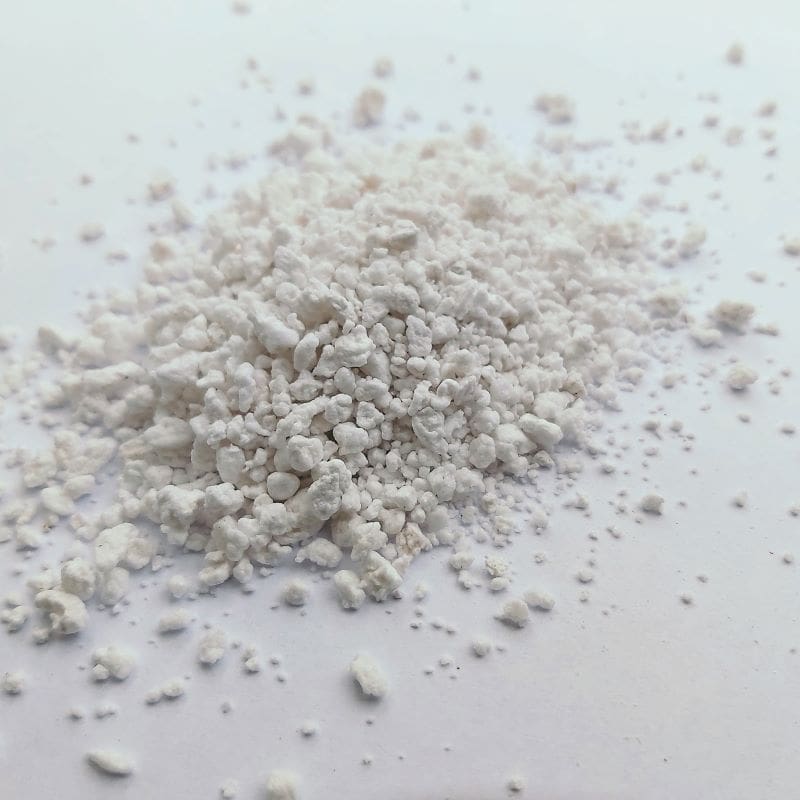

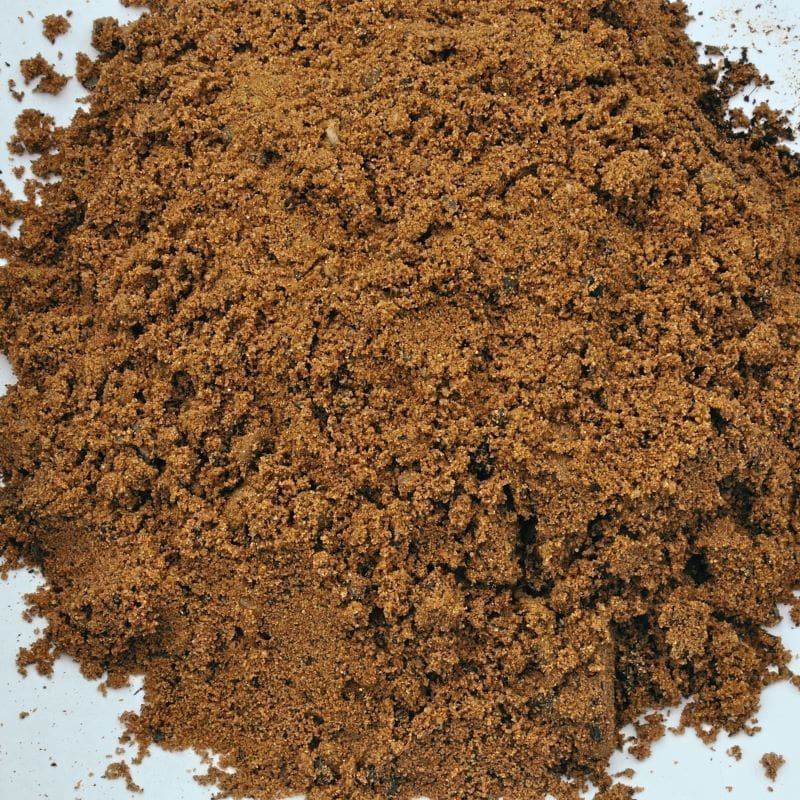
Leaf mould: Leaves can be collected and placed in bins made of chicken wire mesh and allowed to rot down for two or three years. Alternatively, you can place leaves in hessian sacks or recycled plastic bags and put holes in the bottom. After a year or two they can be checked and if the material has decomposed enough, it can be sieved and this material used for making potting composts. Leaf mould is not too rich in nutrients and in theory there should be less contamination with weed seeds, especially those that have been bagged up.
Coir: This is the outer husk of the coconut and although obviously imported it tends to be by sea – but that still has an environmental cost. It can be processed into dried, tightly packed lightweight bricks. Once wet it expands to create a lot of coir so you could argue it is an efficient product to transport in that sense. It has natural anti-fungal properties and retains water and is a good structure to start seeds in.
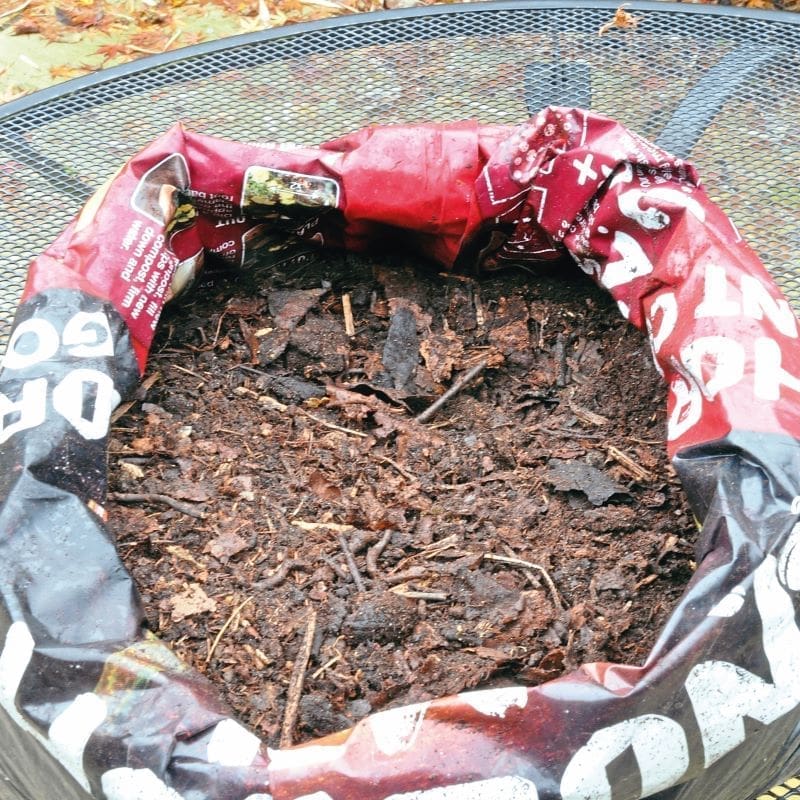

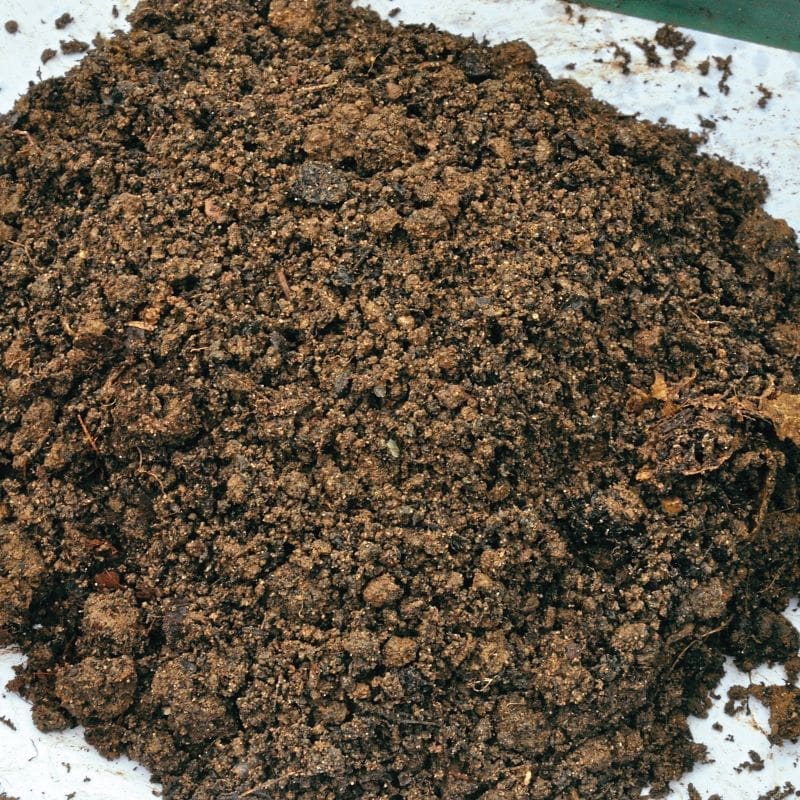

Topsoil: You can buy bags of sterilised topsoil and in bulk. Alternatively, if you have a big plot, you can source your own or if you get mole hills, these provide a good source of lovely crumbly loam too.
Home-made compost or worm bin compost: These can be used but they tend to be richer in nutrients and may harbour weed seeds and disease so may damage delicate seedlings. Possibly best kept for more mature plants so see next month’s feature.
Recipes for homemade seed sowing compost
The following are just a few ideas and you can experiment with different combinations:
Mix 1

■ Just vermiculite or perlite
These can be used on their own but do not leave the seedlings in this medium too long as they won’t get any nutrients from these growing mediums on their own. As soon as you can handle the seedlings, move into pots of compost which has a higher nutrient value.
Mix 2

■ Two parts coir (if using a block, wet first according to instructions to create the fluffy coir compost)
■ One part perlite or horticultural sand
■ One part leaf mould if you have any (optional)
A good mixture of ingredients to give a balanced textured seed compost but as with the first compost there is an environmental cost with processing and transport of some of the ingredients used.
Mix 3
■ One part leaf mould (sieved)
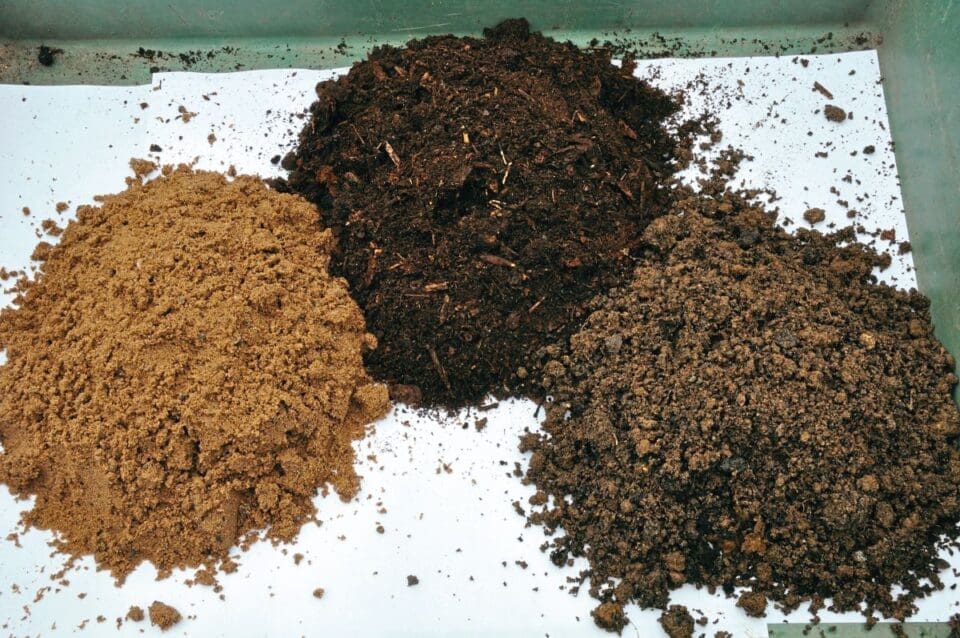
■ One part sharp grit or sand
■ One part topsoil (you could collect mole hills in your garden if you have any)
This compost does come with risks of weed seedlings and fungal diseases as you are using non-sterilised soil but it is worth giving it a go. Less of an environmental impact apart from ‘mined’ and processed sharp grit/sand.
Mix 4
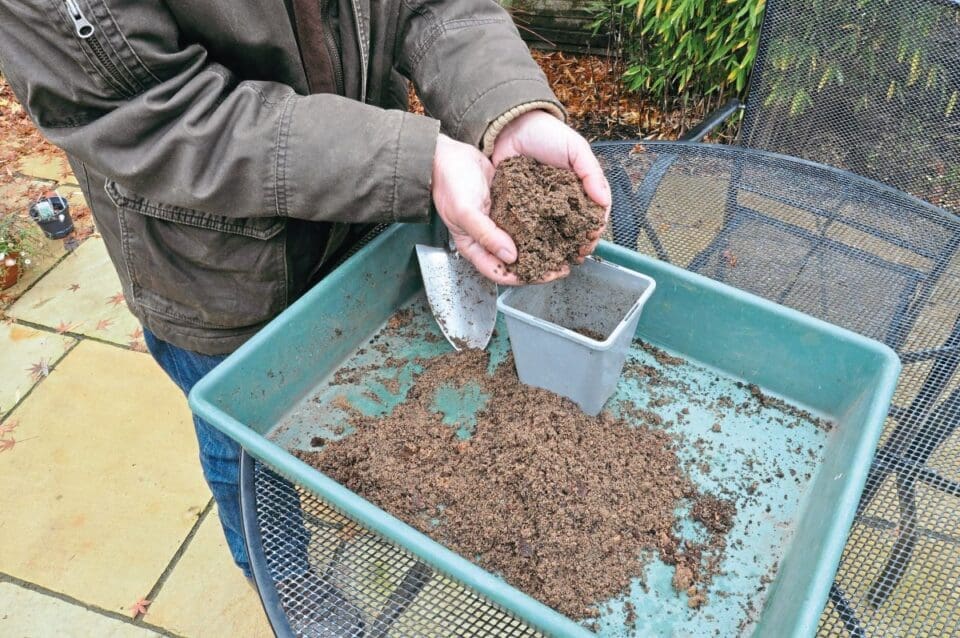
■ Half sieved leaf mould
■ Half horticultural sand
A simple mix but gives a combination of good water holding capacity but with added drainage at the same time.
Mix 5
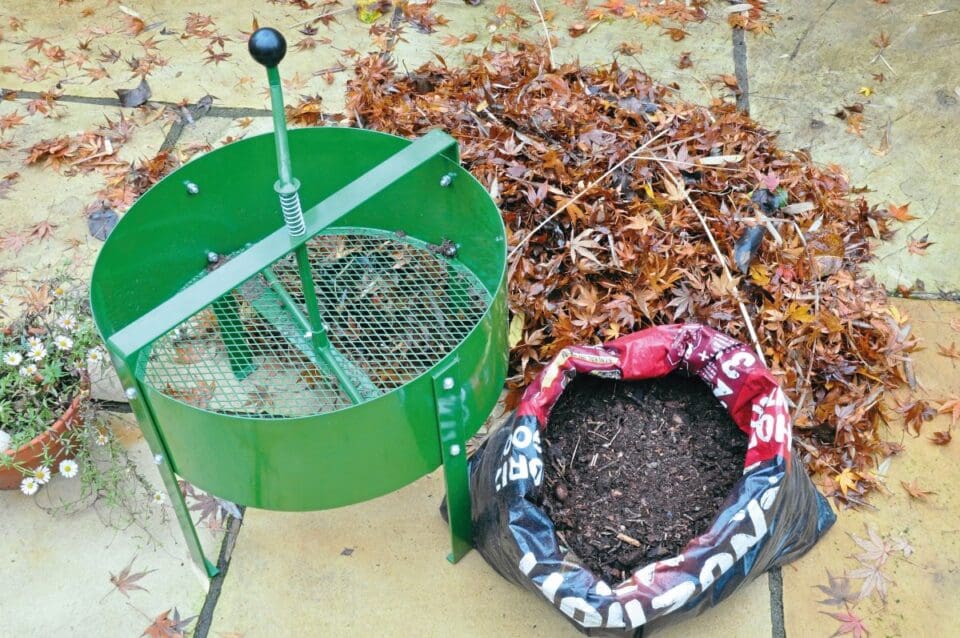
Sieved leaf mould.
You could use this on its own if sieved really well to create a fine crumbly texture. Not as free draining if you don’t add something like sand or perlite to it.
This is one to try and maybe compare with other composts above. If you find it works as well on its own and you can make plenty of your own leafmould, then this is as environmentally friendly as it gets.
Using your home-made compost
It is important to monitor watering carefully when using these composts. Some may dry out on the surface quite readily yet be still damp underneath where the seed is. It may take time and experience using these materials to help you gauge when you need to water.
How to make potting compost for more mature plants
Above we looked specifically at seed sowing composts as these needed to have certain qualities that would not affect germination. Now we’ll look at composts you can make that will be perfect for seedling stage and more mature plants.
If we first look at potting composts you can buy from a garden centre, one of the most common to use for seedlings or mature plants is multi-purpose compost – a good all-rounder suitable for most subjects. You will find some that are peat based but you can now get many that are peat reduced or peat free. These are based on wood fibre, coir or composted green waste.
Other composts you may see sold in garden centres for more mature plants include the John Innes No. 2 and No. 3 composts. These are produced using a specific formula of four key ingredients – loam (soil), peat and sand or grit and fertilisers. These are particularly good for potting up fruit trees and bushes in containers.
To make your own potting composts without peat you can replicate the above but use peat alternatives. These could include well-rotted and sieved garden compost, leafmould or coir. See below for some suggested recipes.
Recipes for potting composts
Mix 1

Roughly equal amounts of sieved leafmould, sieved garden compost, Perlite or horticultural sand
Suitable for: Seedlings. The balanced mixture of a variety of materials that we mentioned in seed compost but with an addition of garden compost or soil which will provide some bulk and nutrition but not too much for developing seedlings. The perlite and sand will provide an open compost with good drainage too. A general-purpose liquid feed could be used once a week.
Mix 2

Three parts loam, one part leafmould, one part sieved garden compost
Suitable for: Young to mature plants. This mix has the advantage of not requiring any input of imported materials if you have enough of the ingredients from your own plot. This mix is recommended by Dr Anton Rosenfeld from Garden Organic. Turn to pages 57-59 to find out more.
It would probably suit older plants as it could have potential to contain some pathogens as it is not sterilised but mature plants will cope better in this situation than young seedlings.
Mix 3

■ One part sieved garden compost
■ Three parts sieved garden soil
Suitable for: Young plants or even more mature ones. This is a simple mix – most people may have the ingredients to hand. It’s also suitable for those who haven’t got a lot of leafmould ready to use. It is basically loam (soil) but adding some garden compost to give it some extra oomph and nutrition.
Mix 4

■ One part garden compost
■ Three parts sieved garden soil
■ Some controlled release fertiliser or blood, fish and bonemeal or, if you prefer to be organic and vegan, some comfrey pellets
Suitable for: Mature plants. This is very similar to potting mix 3 but has the addition of slow release fertiliser added. The controlled release fertiliser pellets you can buy from garden centres will gradually release the nutrition the plants need. You could also use blood, fish and bonemeal for a more organic choice or if you prefer not to use animal-based products then you could use comfrey pellets. These will also slowly break down, releasing nutrients gradually. A good mix for young fruit trees and shrubs.
Mix 5
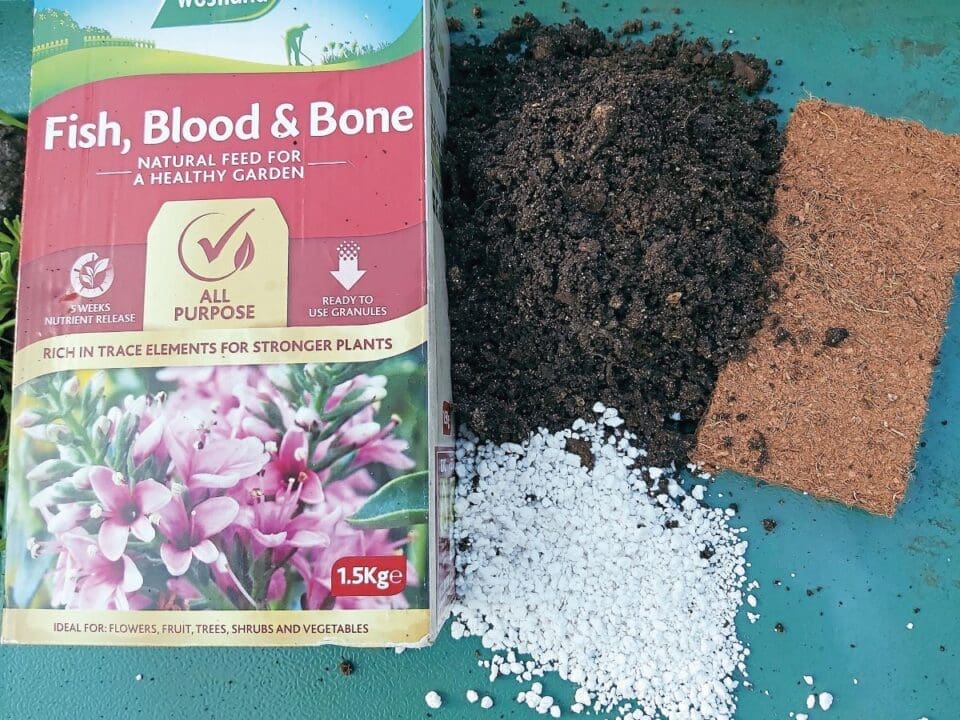
■ Two parts garden compost (make sure it is well rotted down and crumbly) or worm bin compost
■ 1 part coir or leafmould
■ A generous amount of perlite. One handful for every 15 litres (or a small bucket) of the mix
■ Some controlled release fertiliser (check manufacturer’s instructions for amounts) or alternatively some blood, fish and bonemeal/comfrey pellets
Suitable for: Most young plants having moved on from seedling stage or mature plants. If you just don’t have any soil or are not wanting to buy in some loam, then this is an alternative, especially if you have plenty of home-made compost. A good balanced, all singing, all dancing compost. It is a combination and more of the above composts mentioned. It should have good water holding qualities plus good drainage and nutrition.
Our top tips for making your own compost
Make use of molehills
Many gardeners curse having a mole in their garden when they see mounds of soil across their lawn. However, look at it another way. What a great stroke of luck! You can take advantage of the mole’s amazing digging habits and collect the soil and store in bags for later use. Molehill soil is amazing. It is a wonderful gift of beautiful topsoil; so crumbly and fine, like it has been sieved already!
Make a space
To make your own potting compost requires a lot of raw materials so if you have space make an area for creating these. Compost bins are a must plus a place for a large leafmould bin or somewhere to store bags of leaves. You could also buy in some good quality topsoil (loam). This can be bought in various sizes of bags including builder’s sack size (1m3). If you can’t make all the potting compost you need, at least making some of your own will reduce the amount you have to buy.
